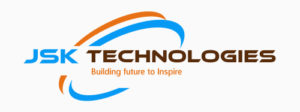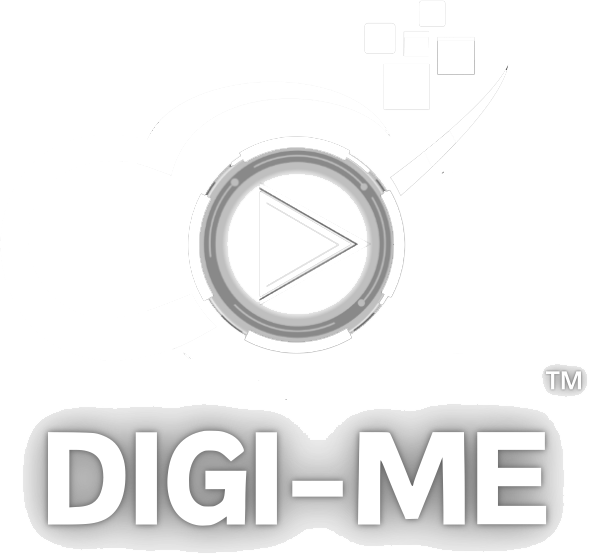
To run a successful company, you need to find capable employees. They are the backbone of every business. Recruiters and hiring teams all over the world try to find the best ways to attract talent. One of the essential parts of a recruiting process is to write compelling job descriptions.
Candidates must be attracted to the offer, or they will not apply for a job. A job description should quickly introduce the company to the candidate. It should speak about the opportunity and company culture, and it should entice candidates. Experts say the best way to do this is to create inclusive job descriptions. Let us see what that means and how to approach this process.
What Is Inclusion in a Business Environment?
One of the decisive factors for candidates to accept the job offer is the company culture. People want to be able to come to work relaxed and work in a group of people while feeling comfortable and confident to be themselves. They want to feel good while working and to feel that they deliver on time and add value to the company. In a word, they want to be included.
This is what inclusion means and what your job description should depict. Work on employer branding, and learn how to help the recruitment team create attractive job descriptions.
How to Create Inclusive Job Descriptions?
There are many ways you can write a job description that is inclusive. However, there are a few important factors that you should pay special attention to. These are:
- Gender coding
- Gender-neutral language
- Inclusive language
- Job requirements and must-haves
- Diversity
- Eloquence
Let us see why these elements are so important and how to overcome challenges in the recruiting process and properly use them to create a compelling and inclusive job description.
Avoid Gender Coding
Gender coding is something that often happens in job descriptions. You could unintentionally write a job description in such a way that it speaks to a specific gender. If you do this, the opposite gender might read the description and think it is not for them.
This usually happens due to different signals that include traits, phrases, or words that could be associated with either the male or female gender. These ads might unintentionally alienate talent because of how they are written.
Always Use General Neutral Language
One of the hottest topics today is the use of preferred gender pronouns. Even though there are split opinions on this, your job descriptions should definitely be gender-neutral.
If you want to attract talents of both genders, you must write inclusive descriptions that could apply to both. For example, avoid phrases like “he will” or “she will” if you are writing about job specifics. Instead, say, “you will.” This way, you are talking directly to the candidate without mentioning their gender.
Use Inclusive Language
Inclusive language in the job description serves a single purpose – to avoid creating a discriminatory environment. Your descriptions should give an impression of a diverse environment where every employee will be treated equally.
You must be cognizant of how you use language and formulate sentences for your job descriptions. Never show bias towards a certain gender or a group.
Do Not Look For Perfect Job Candidates
Even though every company wants a perfect employee, your job descriptions should never ask for perfection. It is nice to have requirements and must-haves but remember—they can also push away talented people who maybe do not have enough confidence in their skills.
Instead of asking for a specific set of skills or years of experience, try to look for people who are eager to learn and expose themselves to new skills. Experience does matter, but it should never be a decisive factor when creating inclusive job descriptions.
Your Job Descriptions Must Speak About Diversity
Many people have various types of disabilities. Even though they could be talented and a perfect fit for your job role, a job description that focuses on physical and cognitive requirements might push them away.
You must always have in mind that the person reading your job description might have a disability. Make sure you do not alienate them based on how you form the sentences.
Job Descriptions Must Sound Professional Yet Simple
You should never use profession-specific jargon when writing a job description. Even though it might sound professional, it may push away potentially talented candidates.
People reading your job descriptions come from different industries. They use different professional language and might not relate themselves to your job description, depending on how it is written. Instead, you should use plain words and avoid highly technical descriptions.
Ask Employees What They Think About Job Descriptions
As with everything else, getting feedback from the users is important. As experts in the field of marketing, moverstech.com suggests interviewing your employees after they get the job and asking what they think about the job descriptions.
Ask if they would change something. Also, ask more experienced employees to create a job description draft based on their experience in the company. That could be valuable insight.
You can also ask candidates during the interview if there was a part of the job description they did not understand. Get that feedback, and apply it. Improve your job descriptions to correct potential mistakes you made in the past.
Create VideoJobs to Communicate Emotions
Job descriptions might often sound generic. If you instead create a VideoJob, you can connect with them on an emotional level. This very successful and efficient strategy will set you apart from your competitors.
Your Job Descriptions Are the Face of Your Company
When you manage to create inclusive job descriptions, you are not only attracting talented people from all over the world. You are also presenting your company in the best possible way. That is how you will turn a business into a brand. The goal is to create a diverse and inclusive environment where everyone will have an equal opportunity to provide value to their customers.






